Shastri Death Anniversary: Mystery of Lal Bahadur Shastri's Demise
Updated on : 11 January, 2025
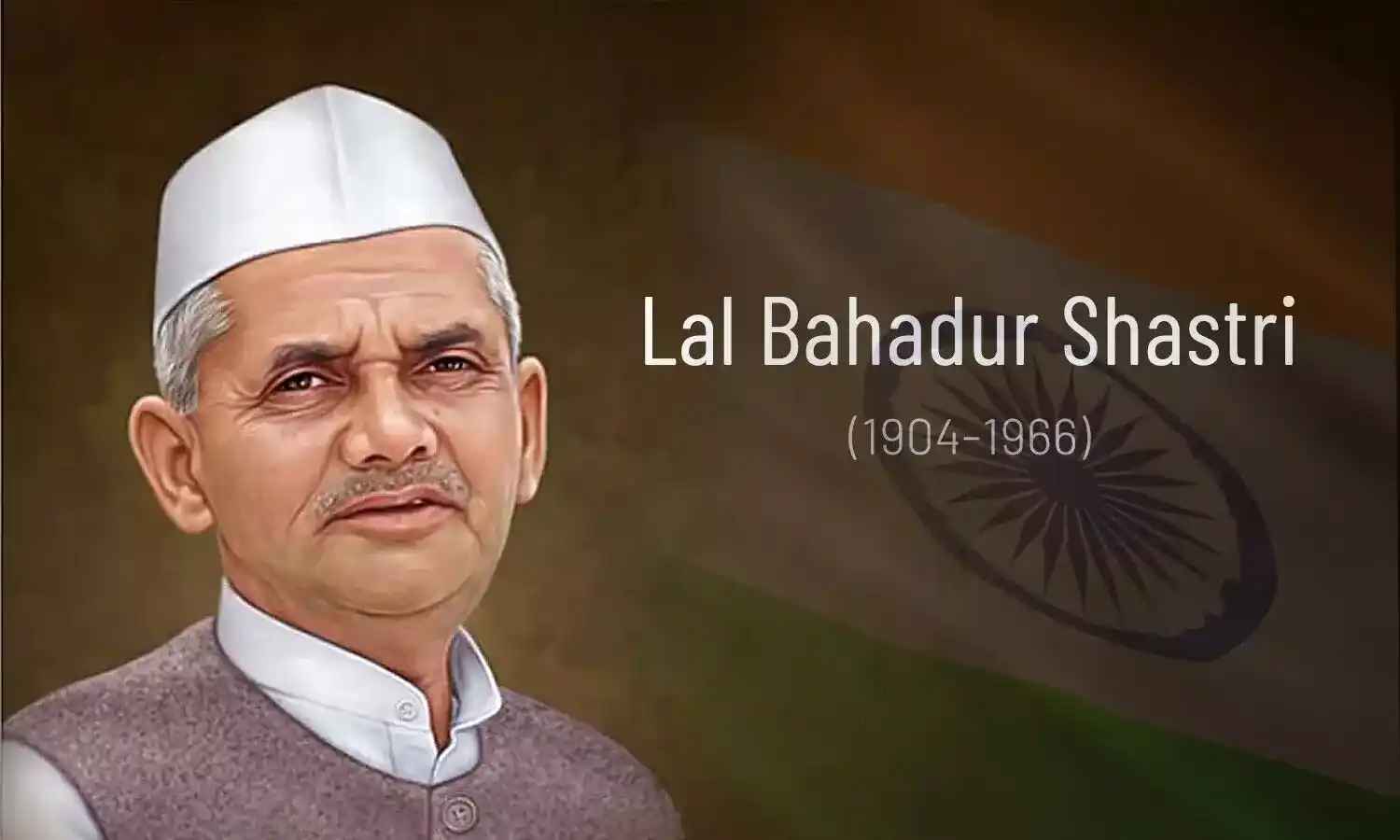
Image Source: bizzbuzz
Overview
Lal Bahadur Shastri, India's second Prime Minister, was a leader of unmatched integrity and dedication. From spearheading the Green Revolution to leading the nation during the Indo-Pak War of 1965, his contributions shaped India's destiny. This blog delves into his life, leadership, mysterious death in Tashkent, and enduring legacy that continues to inspire generations.
His Death in Tashkent
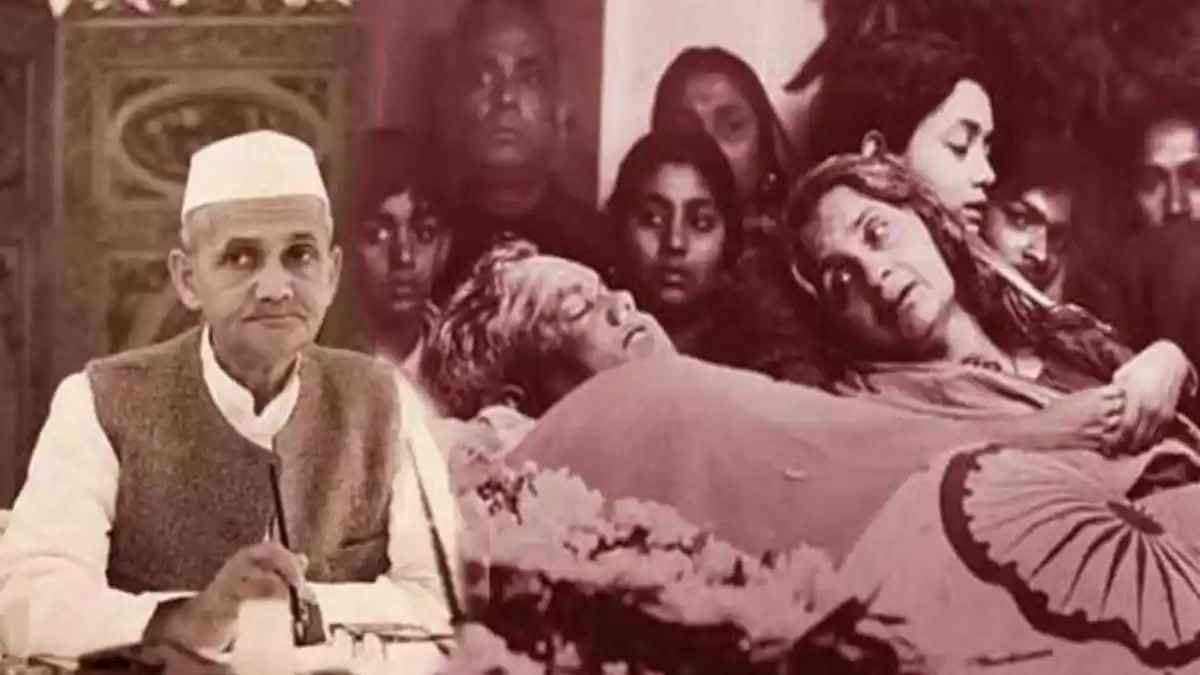
Image Source: jagranjosh
Lal Bahadur Shastri, the second Prime Minister of India, died on January 11, 1966, in Tashkent, Uzbekistan, shortly after signing the Tashkent Declaration with Pakistani President Ayub Khan. This agreement aimed to restore peace following the Indo-Pak War of 1965. Officially attributed to a heart attack, the suddenness of his death raised suspicions and led to widespread speculation about possible foul play or poisoning.
The absence of a post-mortem examination fueled conspiracy theories, as many believed that the political tensions of the time could have played a role in his demise. Witnesses and close associates expressed doubts about the circumstances surrounding his death, which has since become a subject of intrigue and investigation. Despite official accounts, the mystery remains unresolved, leaving Shastri's death as one of the most enigmatic events in Indian political history and prompting ongoing discussions about its implications.
Mystery of Tashkent
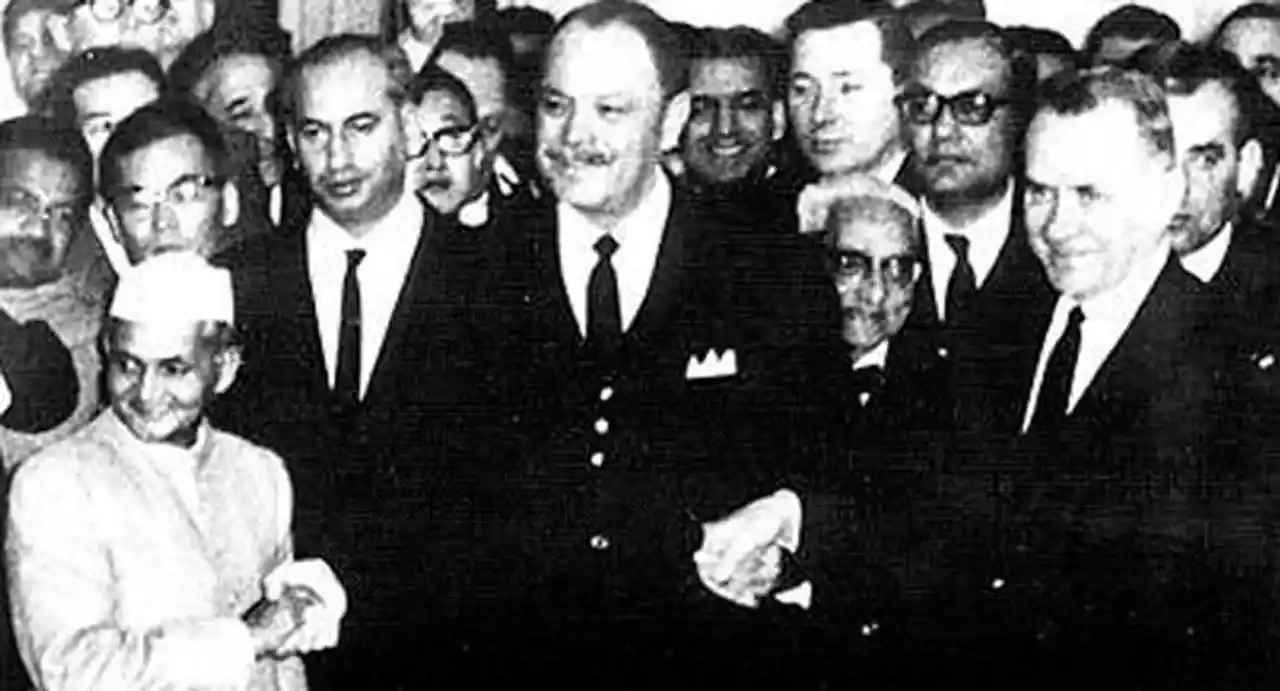
Image Source: thepublive
The mystery surrounding Lal Bahadur Shastri's death in Tashkent on January 11, 1966, continues to intrigue and provoke speculation. Officially reported as a heart attack shortly after signing the Tashkent Declaration with Pakistani President Ayub Khan, many believe the circumstances were suspicious.
Witnesses noted that Shastri's body exhibited unusual discoloration upon its return to India, raising concerns about possible poisoning. The absence of a post-mortem examination in Tashkent or India further fueled conspiracy theories. Reports emerged that the KGB had detained staff members for questioning, and some claimed they were told that Shastri had been poisoned.
Additionally, two key witnesses who could have shed light on the events—Shastri’s personal physician and servant—died under mysterious circumstances shortly after his death. The Indian government has been reluctant to release documents related to the case, leading to ongoing demands for transparency. This combination of factors has left many convinced that Shastri's death was not a natural occurrence but rather a politically motivated act shrouded in secrecy.
Popular Blogs
His Wife's Outrage With Tashkent Agreement
Lalita Devi, the wife of Lal Bahadur Shastri, expressed profound outrage over the Tashkent Agreement, which her husband signed shortly before his untimely death on January 11, 1966. Following the announcement of his passing, she was consumed by guilt, believing that if she had accompanied him to Tashkent, she could have prevented this tragedy. Initially, she protested the foreign ministry's request for her not to join the trip, but ultimately relented due to official advice.
Lalita's discontent with the agreement stemmed from her perception that it compromised India's position against Pakistan without adequately addressing critical issues, particularly concerning Kashmir. Her emotional turmoil was compounded by the suddenness of Shastri's death, which left her feeling isolated and devastated. In her will, she expressed a desire for her memorial to be built next to her husband's at Vijay Ghat, reflecting her enduring connection to him and her disapproval of the circumstances surrounding the Tashkent Agreement and its aftermath.
His Role in Indo-Pak War 1965
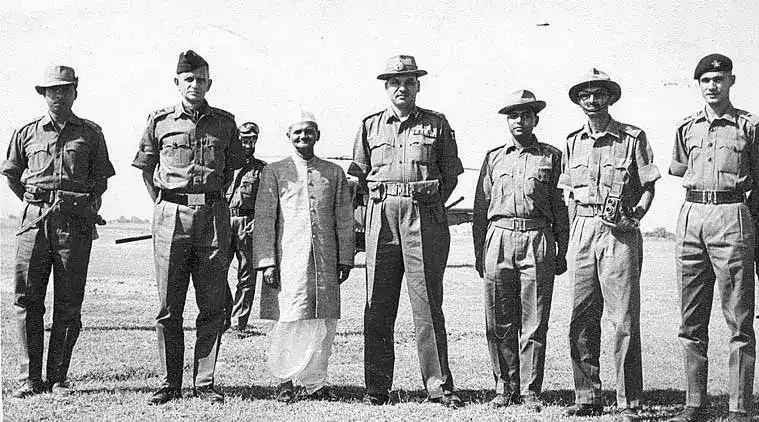
Image Source: indianexpress
During the Indo-Pak War of 1965, Lal Bahadur Shastri played a pivotal role as Prime Minister of India. The conflict erupted after Pakistan's Operation Gibraltar aimed to infiltrate forces into Jammu and Kashmir, leading to a full-scale war. Shastri's leadership was characterized by his rallying cry, "Jai Jawan Jai Kisan", which emphasized the importance of soldiers and farmers in the nation's defense and sustenance.
Under his command, the Indian military successfully countered Pakistani advances, notably during the Battle of Asal Uttar, which became a turning point in the war. Shastri's diplomatic efforts culminated in a ceasefire brokered by the Soviet Union, leading to the Tashkent Agreement. His ability to unite the nation during this tumultuous period earned him respect and admiration, solidifying his legacy as a decisive leader who prioritized national security and integrity.
Early Life and Education
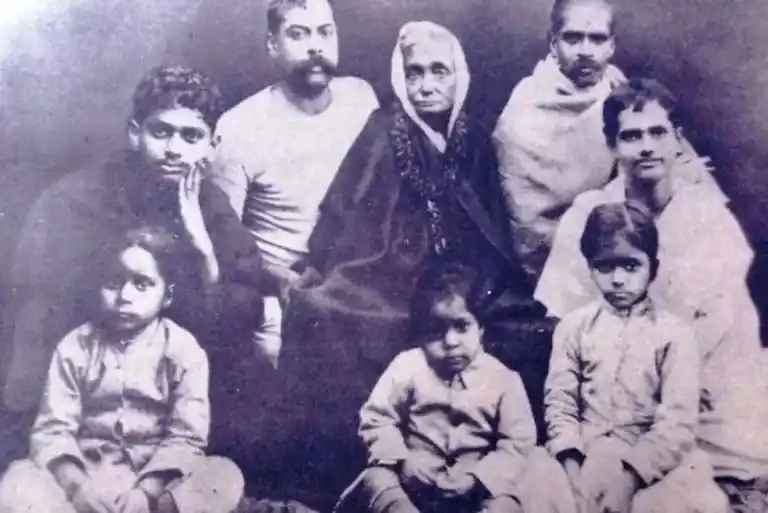
Image Source: timeshabibi
Lal Bahadur Shastri was born on October 2, 1904, in Mughalsarai, Uttar Pradesh, into a modest family. His father, Sharada Prasad Srivastava, was a school teacher who died when Shastri was just six months old, leaving his mother, Ramdulari Devi, to raise him and his siblings. Shastri's early education began at the East Central Railway Inter College in Mughalsarai and continued at Harish Chandra High School in Varanasi, where he excelled despite financial hardships.
At the age of sixteen, inspired by Mahatma Gandhi’s call for the Non-Cooperation Movement, Shastri left school to join the freedom struggle. He later enrolled at Kashi Vidyapith in Varanasi, where he earned a bachelor's degree and adopted the title "Shastri", meaning "scholar." His education and early experiences instilled in him a deep sense of nationalism and commitment to social justice, shaping his future political career as he became actively involved in India’s independence movement.
Political Beginnings
Lal Bahadur Shastri's political beginnings were marked by his deep commitment to India's independence movement. He joined the Indian National Congress in 1928 at Mahatma Gandhi's urging, actively participating in protests against British rule. His dedication led to his imprisonment for two and a half years during the freedom struggle.
After India gained independence in 1947, Shastri was appointed Parliamentary Secretary in Uttar Pradesh. He quickly rose through the ranks, becoming the Minister of Police and Transport, where he implemented progressive reforms such as employing female conductors and advocating for non-violent crowd control methods. His effectiveness in managing communal riots and refugee resettlement earned him respect within the party.
Shastri's organizational skills were instrumental in the Congress Party's electoral victories in 1952, 1957, and 1962. His political acumen and commitment to social justice laid a strong foundation for his future leadership as Prime Minister of India.
Tenure as Prime Minister
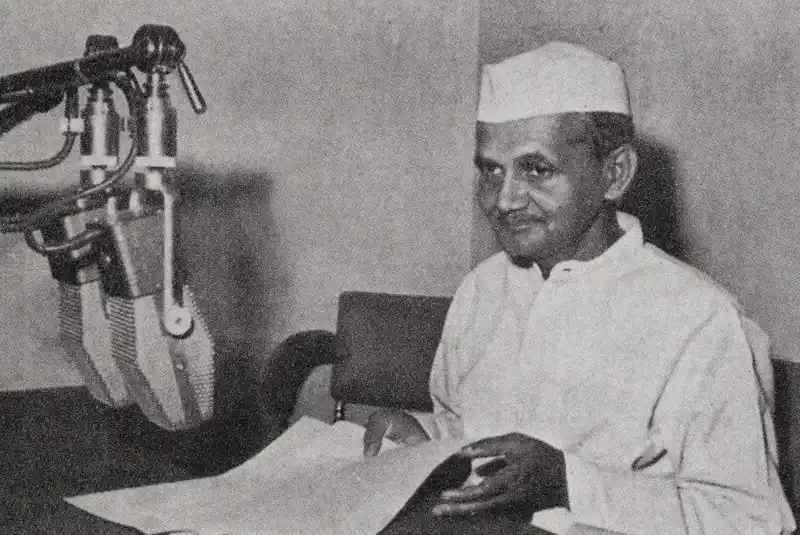
Image Source: madrascourier
Lal Bahadur Shastri served as Prime Minister of India from June 9, 1964, until his death on January 11, 1966. His tenure, though brief, was marked by significant challenges, including food shortages and the Indo-Pak War of 1965. Shastri's leadership was characterized by his commitment to national security and agricultural reform, famously coining the slogan "Jai Jawan Jai Kisan" to honor both soldiers and farmers.
He retained many of Jawaharlal Nehru's cabinet members and focused on strengthening India's military capabilities. Shastri's decisive actions during the war, including ordering Indian forces to counter Pakistani advances in Kashmir, earned him respect. His diplomatic efforts culminated in the Tashkent Agreement, aimed at restoring peace with Pakistan. Tragically, he passed away shortly after signing this agreement, leaving behind a legacy of integrity and resilience in Indian politics.
Positions Held
Lal Bahadur Shastri held several significant positions throughout his political career, contributing to India's governance and development. Here’s a summary of the key positions he held:
- Member of the Legislative Assembly: Elected to the United Provinces Legislative Assembly in 1937 and again in 1946.
- Parliamentary Secretary: Appointed in Uttar Pradesh after India's independence.
- Minister for Police and Transport: Served from August 15, 1947, where he introduced progressive reforms, including employing female conductors.
- Union Minister for Transport and Railways: Held this position from 1952 until 1956, resigning due to moral responsibility for a railway accident.
- Minister for Home Affairs: Served from 1961 to 1963, managing internal security and communal tensions.
- Prime Minister of India: Assumed office on June 9, 1964, following Jawaharlal Nehru's death, and served until his own death on January 11, 1966.
Throughout these roles, Shastri was known for his integrity, administrative skills, and commitment to social justice and national security.
Awards and Honors
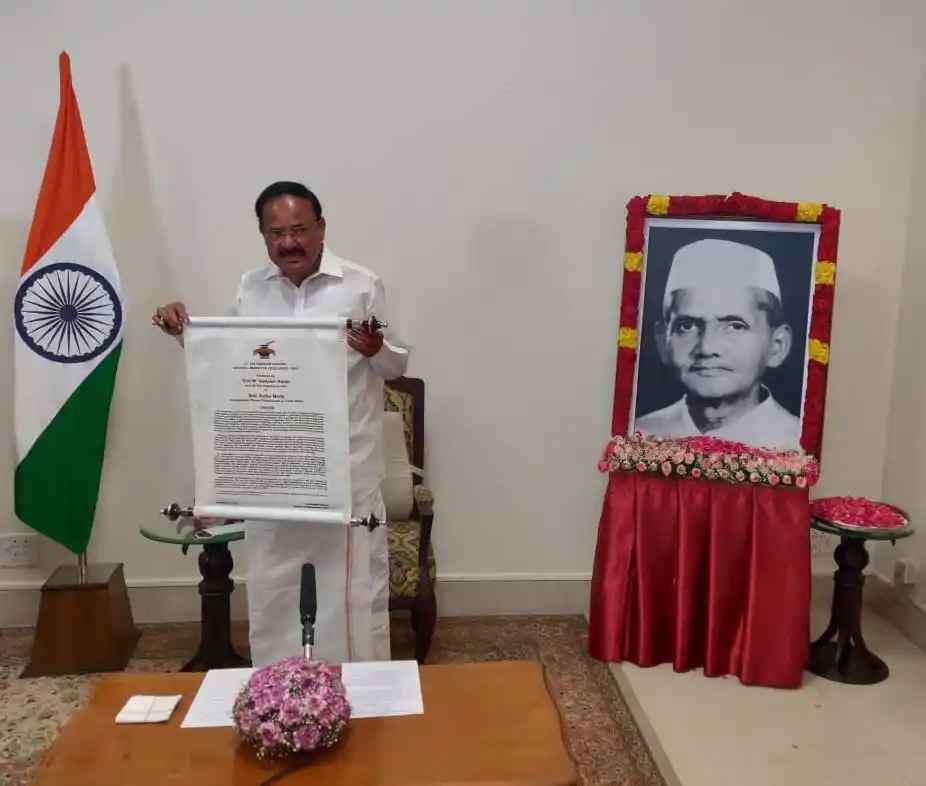
Image Source: lbsim
Lal Bahadur Shastri, the second Prime Minister of India, has been honored with several awards and recognitions, both during his lifetime and posthumously. Key awards and honors include:
National Honors
- Bharat Ratna: Awarded posthumously in 1966, India's highest civilian award recognizes Shastri's contributions to the nation, particularly during the Indo-Pak War of 1965.
Lal Bahadur Shastri National Award
- Lal Bahadur Shastri National Award for Excellence: Instituted in 1999 by the Lal Bahadur Shastri Institute of Management, this annual award honors individuals for outstanding contributions in public administration, academics, and management. It includes a cash prize of ₹5,00,000 along with a citation and plaque. Notable recipients include Dr. Prannoy Roy (2015) and Dr. Gopalkrishna Gandhi (2016).
Other Recognitions
- In 2005, the Government of India established a chair in his honor at Delhi University focused on democracy and governance, further solidifying his legacy in Indian politics.
These honors reflect Shastri's enduring influence and the respect he commands in Indian history.
Legacy
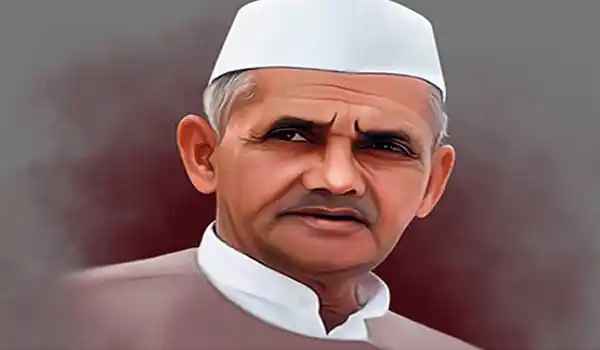
Image Source: vsktelangana
Lal Bahadur Shastri's legacy is characterized by his unwavering commitment to India's development, integrity, and leadership during pivotal moments in history. As Prime Minister from 1964 to 1966, he navigated the country through the Indo-Pak War of 1965, earning respect for his decisive actions and his famous slogan, “Jai Jawan Jai Kisan” (Hail the Soldier, Hail the Farmer), which emphasized the importance of both soldiers and farmers in nation-building.
Shastri championed agricultural reforms and initiated the Green Revolution, significantly enhancing food production and self-sufficiency. His focus on national security and economic stability laid the groundwork for future policies aimed at improving India's resilience.
Despite his brief tenure, Shastri's principles of honesty, humility, and dedication to public service continue to inspire generations. His sudden death in Tashkent in 1966 remains shrouded in mystery but has only added to his enduring legacy as a leader who prioritized the welfare of ordinary citizens. Today, he is remembered not just as a politician but as a symbol of selfless leadership and national pride.
Conclusion
Lal Bahadur Shastri’s life and legacy embody the spirit of dedication, integrity, and resilience that defines India’s journey toward nationhood. As the second Prime Minister, he faced significant challenges, including the Indo-Pak War of 1965, with a calm and decisive approach that united the nation. His emphasis on agricultural reforms and the slogan “Jai Jawan Jai Kisan” highlighted his commitment to both the armed forces and farmers, reflecting his understanding of the interconnectedness of national security and food security.
Despite his untimely death in Tashkent, Shastri's values continue to resonate in contemporary India. His leadership style, characterized by humility and service, serves as an enduring inspiration for future leaders. The honors bestowed upon him posthumously, including the Bharat Ratna, affirm his significant contributions to Indian society. Ultimately, Lal Bahadur Shastri remains a revered figure whose legacy is a testament to his unwavering commitment to the nation and its people.














